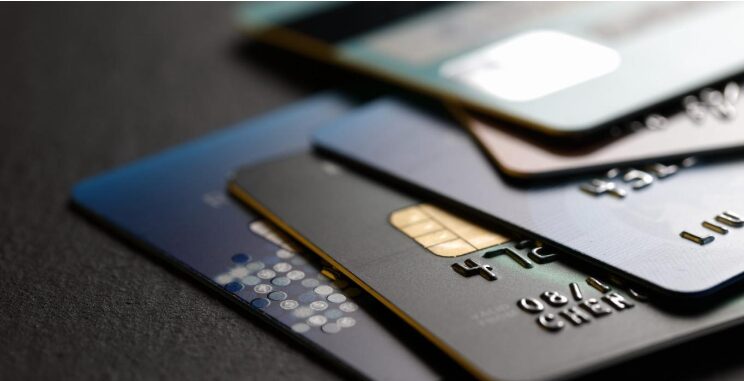
The Essence of Black Cards
Introduced at the end of the 20th century, the American Express Centurion Card, commonly known as the “Amex Black Card,” redefined luxury in the financial world. It evolved from a simple payment tool into a highly sought-after symbol of wealth and distinction. Black cards are unique in their distribution; they are not publicly available but are extended by exclusive invitation to a select group of affluent individuals.
These cards cater to a demographic that frequently engages in high-level spending, often reaching six-figure sums. The services and rewards associated with them are tailored to fit the extravagant and often globetrotting lifestyles of the extremely wealthy, distinguishing them from premium credit cards that offer a taste of luxury to a wider audience.
Owning a black card is not just a financial decision; it serves as a statement of economic status, reflecting an individual’s spending power and financial influence.
Eligibility and Financial Requirements
Obtaining a black card is a challenging endeavor; the requirements are confidential and not publicly disclosed. These cards are reserved for a small elite whose spending patterns greatly exceed the national median household income of $67,000. For context, tax statistics show that individuals in the highest income brackets, like potential black cardholders, often face significantly higher tax rates, highlighting the substantial economic disparity.
In this exclusive realm, spending six figures annually is typical, far beyond the reach of the average consumer. To be considered for this prestigious financial product, one must not only maintain an exceptionally high credit score but also demonstrate spending habits that align with the card issuer’s unwritten criteria. This creates a significant economic divide between black cardholders and the wider consumer base.
Perks and Price Tag
Having a black card is akin to possessing the keys to a private paradise of exclusive benefits. Cardholders enjoy access to concierge services that offer a high level of personal assistance, much like having a dedicated private secretary at their disposal. The travel perks are equally impressive, providing access to some of the most exclusive airport lounges and first-class upgrades at renowned hotels worldwide. However, the cost for such exceptional services is significant, with annual fees around $5,000 and initiation fees that can reach up to $10,000.
In contrast, upscale but more accessible credit cards also offer an entry point into luxury, featuring benefits such as access to exclusive airport lounges and comprehensive travel insurance at much lower rates. These cards provide a more affordable means to enjoy a comparable array of travel and leisure perks.
When weighing the extraordinary quality of service and prestige associated with black cards against their costs, potential members should carefully consider whether the premium advantages justify the expense, especially since competing credit cards offer similar benefits without the hefty financial commitment.
Conclusion
While black cards symbolize wealth, they demand a substantial financial investment. Discerning individuals must consider whether the exclusive benefits—such as personalized concierge service and top-tier travel perks—are truly worth the cost. Ultimately, the decision hinges on whether the prestige and unique advantages of a black card align with your lifestyle and finances, especially since similar luxury can often be accessed through more affordable premium credit cards.

